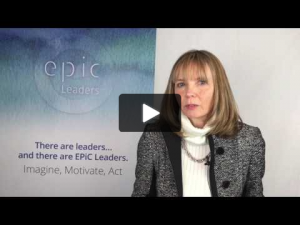‘The penny dropped. We had stopped looking out for patterns and landmarks and junctions. We had effectively ‘switched off’’’…
Not so many years ago, sat navs in cars were a luxury item. These days they are ubiquitous and if you haven’t got one, likelihood is there’s one on your smartphone.
Along with the increase in the use of this technology, the art of map reading has declined. I used to enjoy using maps. I loved (still do) to travel and I liked the way the contour lines would tell me whether the ground is flat or hilly. I enjoyed the fact that I could make choices about whether to take the motorways, or a more relaxed route along the A and B roads and to plan the best locations to stop off for lunch. Maps give a visual overview of an area quickly and there are markers that signpost important aspects of the place. Places of interest, lakes, villages, towns, vantage points and more. For me, just thinking about maps makes me feel giddy with the anticipation of a journey and my heart beats a little faster.
I remember my very first experience using a sat nav. I was on a family holiday in Portugal. We arrived at Faro airport and programmed our electronic companion to take us to our holiday home. It was so easy! So good in fact, that we used it every time we left the house for trips out.
Yet, a week into our holiday and we still couldn’t find our way home without it. We had become dependent upon our programmable friend and baffled by our inability to remember the route home – it would normally only take a day or two to get familiar with the area.
The penny dropped. We had stopped looking out for patterns and landmarks and junctions. We had effectively ‘switched off’, no longer seeing what was around us. No longer getting a ‘feel’ for our surroundings.
So, we decided to leave the sat nav behind and instead enjoyed finding our way using a paper map, road signs, landmarks and our own recollections. We made a conscious decision to get to know the area.
Free to explore, we found little restaurants that we hadn’t seen before. We noticed the village church and discovered its curious vault, wallpapered with ancient human skulls. We found a fabulous marketplace for the locals, which sold ultra-fresh fish and vegetables from local growers. We bought there rather than going to the bland and uninspired supermarket on the highway that we had been using.
We felt that we had finally arrived. Connecting with the area and the people who lived there.
Sat navs are useful for one-off journeys – to get from A to B, but if we want to connect with an area and with the community that lives there, we must engage with it personally.
The same applies to people in business and in life.
Life is so busy today, most people are in the habit of making snap decisions about others, encouraged by both mainstream and social media and by the current trend for labelling people and putting them into boxes. They make assumptions and judgements about people. They listen to the comments of others and draw conclusions. All this, without taking the time to get to know a person. And the real tragedy is that in doing so, they miss the treasures that are there to be unearthed in each of us.
EPIC Leaders and Teams are different. They know when to use the sat nav and take the fastest route, pushing through to get things done; and when to turn off the metaphorical sat nav and take time to explore and find out more.
This week, I invite you to take a little time to uncover some of the hidden treasures in the people around you.
If you would like to know more about our services for Leaders, Speakers and Teams, please click here or call us on 00 44 (0)1932 888 885.



